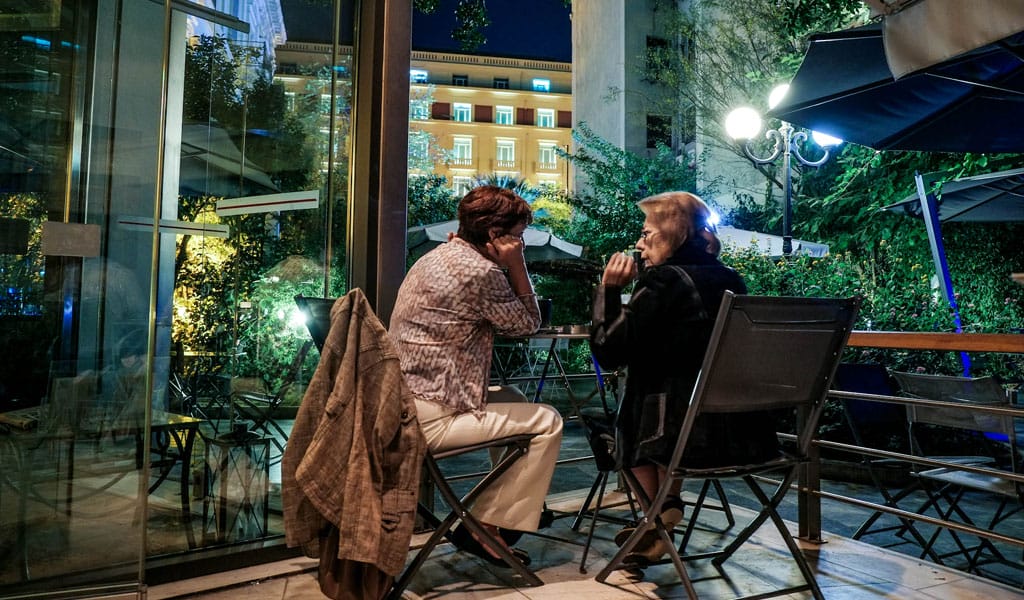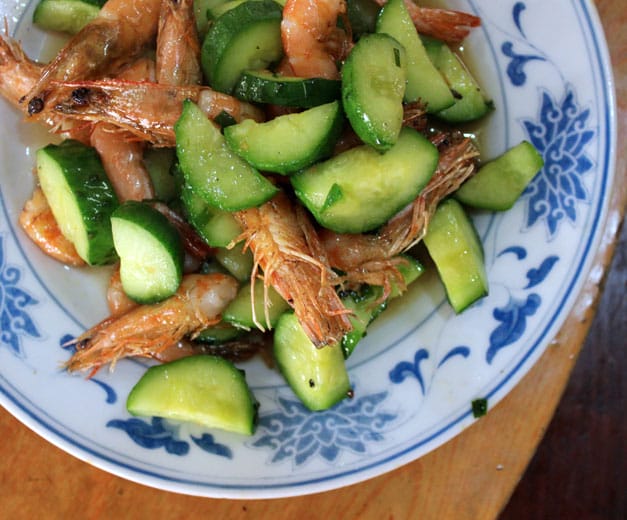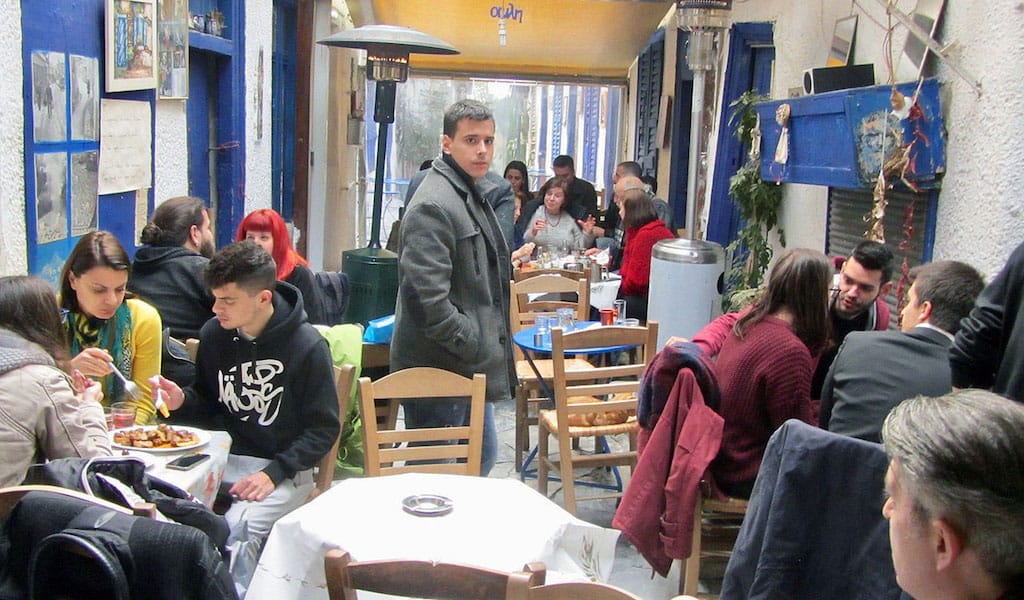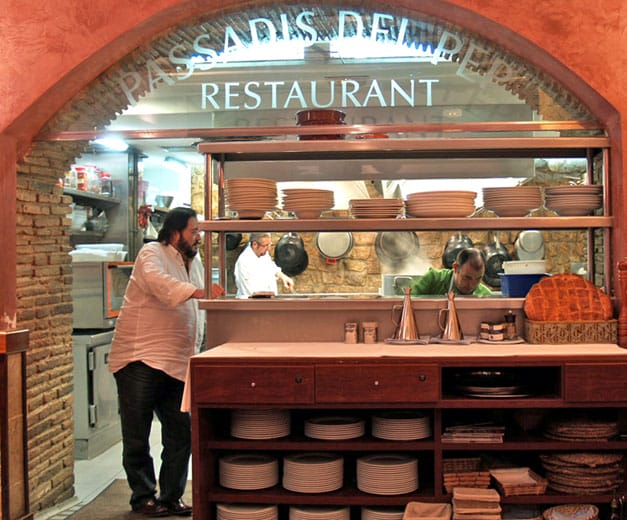In terms of greenness, Athens doesn’t even come close to other European capitals, with their verdant parks and blossoming gardens. The truth is, modern urban development has not been particularly gentle with this city. Numerous concrete buildings, along with poor road design, hem in inhabitants and visitors with featureless views. Thankfully, there are some oases in the cement desert that offer the hungry local or tourist a lush respite in which to enjoy a meal or a drink.
Just behind Parliament lies the Ethnikos Kipos, or National Gardens, the indisputable green heart of the city. Back in 1836, Queen Amalia had envisioned the royal gardens to follow the European models of the era, and so agronomist Frederick Schmidt, director of the gardens for almost 30 years, planted native flora from Cape Sounion and the island of Euboea, as well as many species from abroad that were suited to the Attica climate. Today, the gardens are home to more than 50,000 trees and shrubs and are open to visitors from morning to dusk. The gardens’ café sits at the Irodou Attikou entrance, with retro green tables arrayed symmetrically in the relaxing shade of the alleyway. After a morning walk, we enjoyed a cup of Greek coffee and an orange soda. The menu offers dishes such as tzatziki, octopus stewed in vinegar sauce, marinated anchovies and meatballs with potatoes, but we’re not convinced they’re worth the price, so we advise sticking to ouzo, raki or some other liquid repast.
A few steps away from the Syntagma metro, a heavy iron gate stands guard over the former residence of the German archaeologist Heinrich Schliemann. Designed by none other than the eminent Ernst Ziller, the architect of many of Athens’ royal and municipal buildings, the Renaissance-inspired structure was named Iliou Melathron, or Trojan Mansion, in tribute to the owner’s passion for the mythical city of Troy (also known as Ilion). Iliou Melathron is now home to the Numismatic Museum, and the beautiful garden, where Schliemann spent hours planting and taking care of his trees, still includes many species of Greek flora, with reproductions of ancient Greek statues peeking through the foliage.
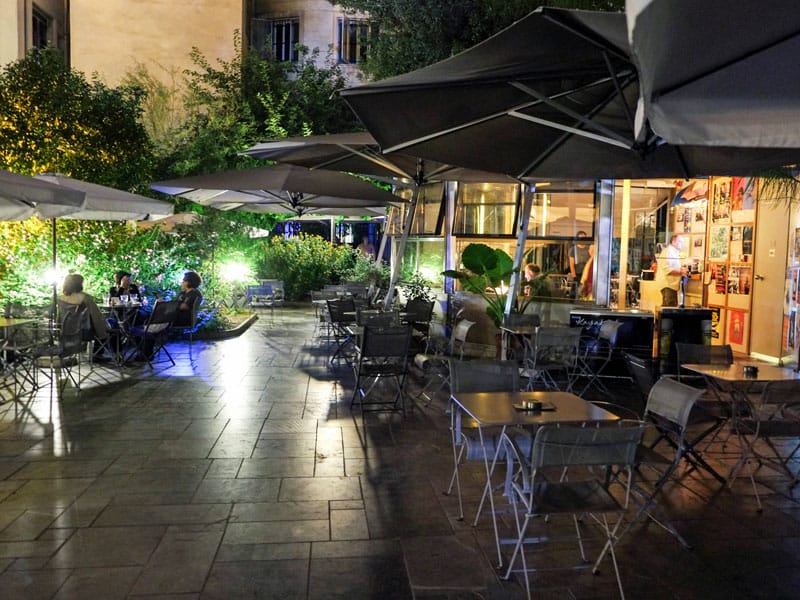
On a recent visit to the garden, we chatted with a friend over a cup of jasmine green tea and then ordered a few small bites to fortify us for a walk. The star of the mezes, which featured mostly seafood, was the avgotaraho, also known as botargo, which, like Italian bottarga, is cured and dried mullet roe. This so-called Greek caviar, from the seaside town of Mesolongi, had a chewy, velvety texture and smelled intensely, and pleasantly, of the sea. Boldly flavored sardine fillets on toast with slightly peppery Cretan cheese were a wonderful accompaniment to a glass of white wine. We also tried a slice of vegetable tart made from zucchini, potatoes, carrots, fennel and cheese. The party seated at the next table raved about the apple pie, so we’ll have to go back (in the name of research, of course).
The Black Duck Garden, located on Klauthmonos square between Omonia and Syntagma, is housed in one of the city’s oldest surviving neoclassical buildings. Constructed in 1833, it was the temporary palace of King Otto and Queen Amalia. Back then, its massive garden, planned by the queen herself, reached all the way up to Kolokotroni Square. Today the garden is much smaller, and Black Duck shares the building with the City of Athens Museum. It’s an ideal getaway for a quiet coffee or a glass of wine paired with a Greek cheese platter. Food is served between 10 a.m. and 7 p.m. There’s breakfast, brunch, all-day snacks like sandwiches and fresh salads and main dishes with royal flair – like the slow-roasted guinea fowl served with carrot purée, black sesame seeds and pickled carrots.
Six D.O.G.S.’s backyard is no mere urban garden. Less than a five-minute walk from the Monastiraki metro, the entrance is located on Avramiotou, a small, narrow street parallel to Athinas. Six D.O.G.S. (“Degrees of Global Separation”) is a cultural venue that opened its doors in 2009 and expanded the following year with the garden, which sits next to a performance space, bar and project space that hosts everything from art exhibitions to clothing swaps. A neon sign directed us down the stairs to a place that genuinely felt like a secret hideout. Surrounded by charmingly dilapidated old buildings, we were faced with a tough decision: handmade hammock or cozy wooden chair? We enjoyed the refreshing, just-sweet-enough lemonade and sour cherry juice, both made in-house, and shared a fresh and fluffy tiramisu. We’ll go back for their popular bagels, such as the vegetarian (cream cheese, sun-dried tomato and basil pesto) or Greek-style (tomato, oregano and olive pâté), three kinds of pizza, nachos with homemade guacamole and the hot D.O.G.S., in a classic version and with spicy sausage, ketchup, mayo and a Mexican-style chili sauce. Everything is prepared fresh daily from seasonal ingredients.
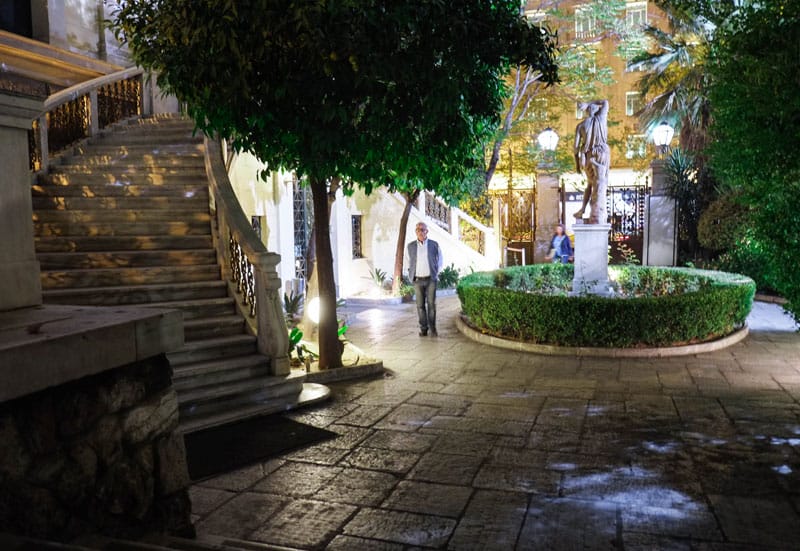
Hidden behind high walls, away from the noise of the busy touristy area of Anafiotika in Plaka, the nonprofit Alumni Association of the School of Fine Arts (Enosi Ptichiouchon Scholi Kalon Technon), with its old marble statues and lovely details, has the artiest green courtyard in the city. The old-fashioned coffee-shop tables and the built-in benches under the tall, leafy trees contribute to a warm, convivial atmosphere. The self-service bar is located inside the building, where temporary student art exhibits take place. To buy a coffee, you’ll have to register as a helper member for the minimum amount of €2.50, a symbolic gesture that helps cover the organization’s costs, as it receives no state funding. There’s no food, but there’s plenty of art and atmosphere to feed your soul.
Editor’s note: It’s Spring Week at Culinary Backstreets, and we’re celebrating with dispatches about warm-weather favorites from a few of the cities we cover.
This feature was originally published on November 5, 2013, and has been updated to include an additional venue.
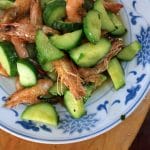 March 11, 2015 A Shan
March 11, 2015 A Shan
In the early 1980s, Xue Shengnian was a farmer out in the village of Hongqiao. On the […] Posted in Shanghai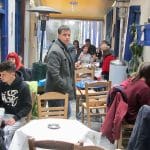 October 19, 2019 Avli
October 19, 2019 Avli
Avli is one of those places you have to be introduced to by someone who’s already been […] Posted in Athens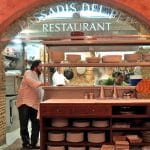 December 25, 2013 El Passadís del Pep
December 25, 2013 El Passadís del Pep
A hidden culinary sanctuary, El Passadís del Pep may be located in one of the most […] Posted in Barcelona
Published on April 20, 2017
Related stories
March 11, 2015
ShanghaiIn the early 1980s, Xue Shengnian was a farmer out in the village of Hongqiao. On the side, he painted houses and factories to try to make ends meet. Then he heard that the economic liberalization known as Reform and Opening was allowing citizens to start private restaurants and he thought to himself, “I know…
October 19, 2019
AthensAvli is one of those places you have to be introduced to by someone who’s already been there. Although a sign does exist above its narrow metal door, there’s so much graffiti on either side of it, you could walk right by even if you had the address firmly in your hand or mind. Once…
December 25, 2013
BarcelonaA hidden culinary sanctuary, El Passadís del Pep may be located in one of the most visited quarters of Barcelona, but it’s out of sight of anyone who isn’t looking for it. Once you go down the long corridor that leads to the restaurant, you don’t need to do anything, and that includes choosing what…







































